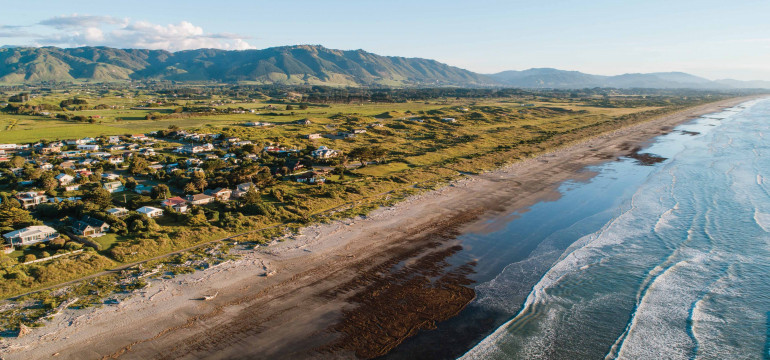Next-gen modelling to improve EQC’s natural disaster planning and response
The Earthquake Commission’s new, next-generation loss modelling capability will boost its ability to plan for future natural disasters and respond to them when they happen, the organisation says.
In conjunction with two of New Zealand’s leading crown research institutions, EQC is now using GNS Science and NIWA’s sophisticated risk modelling tool RiskScape® to model damage and losses from earthquakes.
The new modelling software will allow EQC to continuously bring its wealth of research and insurance data into its risk modelling, creating an increasingly comprehensive picture following an event, as well as improving EQC’s ability to model and plan for future disasters.
EQC’s Head of Risk Modelling Andrea Gluyas says that as the relevant science develops, the new tool we will be able to model losses from other perils such as tsunami and volcanoes in the future. “Loss modelling is a critical part of EQC’s role in helping reduce the impact of natural disasters,” she says. “This new tool will allow us to incorporate the latest science to understand the impact of natural hazards on New Zealand homes, helping us to better plan for future events as well as providing critical information immediately after an event to help us best prioritise assistance to the most affected communities and scale our response accordingly.”
Understanding natural hazards and their potential impact is vital for New Zealand’s physical and economic security. Loss modelling helps EQC understand the impact of a disaster by providing realistic estimates of likely damage and loss. It is used in:
- Post-event modelling to provide near-real-time loss estimates and the spread of damage. This allows the insurance and emergency response sector to quickly understand the scale and spread of damage after an event;
- Modelling potential natural disaster scenarios to plan how to respond and build community resilience;
- Providing international reinsurance partners with an advanced view of hazard risks in New Zealand – a critical part of securing reinsurance; and,
- Setting the EQC levy rate.
The new loss modelling tool is being used for reinsurance modelling to start, with scenario planning being incorporated in the coming year. It replaces the Minerva platform that EQC has been using for 20 years. RiskScape® has been developed as a joint venture between GNS Science and NIWA, with EQC making a significant contribution over the last three years.
“Having all three organisations working together means we are developing top-class New Zealand specific natural hazard risk modelling and science,” Gluyas adds.
Fraser Gardiner, Chief Financial Officer at EQC, said the new modelling would also help maintain the high level of trust EQC has developed within the international reinsurance industry.
“This new tool will continue to give reinsurers confidence in our ability to provide an accurate view of our risk profile through the addition of new science and understanding of the other perils covered by EQC,” he said. “It’s providing a New Zealand-specific view on our risks, based on world-class modelling, research and data.”
